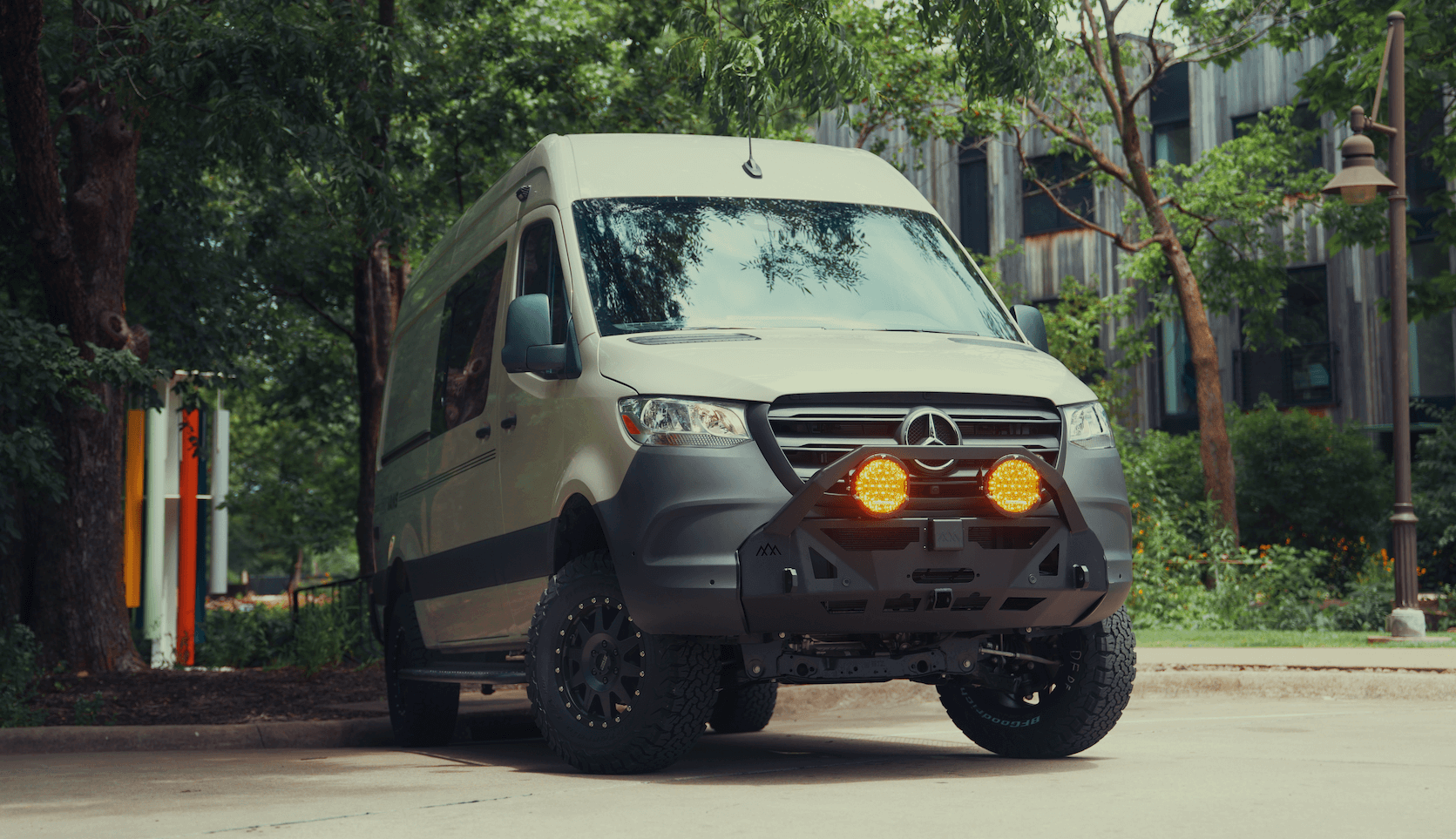Recreational Vans

A good USB charger for a camper does more than top up a phone. It should deliver stable power on bumpy roads, survive temperature swings, and charge modern devices at full speed. Focus on output standards and on the way the unit handles heat. Panel mount modules that accept a wide input range from vehicle power are common and convenient. Select housings with a firm locking nut, moisture resistant cover, and a clear amp rating printed on the face or body.
Fast charging is now the baseline. Many phones and tablets expect higher voltages negotiated through USB C Power Delivery. A unit that offers multiple profiles like 5 volt 3 amp, 9 volt 3 amp, and 12 volt 3 amp covers most needs. For older devices, a solid USB A port at 2.4 amp remains useful. Mixed USB C and USB A combos allow flexibility for guests and legacy cables.
USB A is the legacy rectangular port that tops out at about 12 watts to 18 watts in typical mobile modules. USB C adds a reversible plug and negotiates profiles using Power Delivery for up to 60 watts or more depending on the charger design and power source. Some modules also speak Quick Charge which can boost voltage for compatible phones. For laptops that sip power efficiently, a 45 watt to 60 watt USB C PD port is practical in a camper. Higher power requires careful wiring and cooling space behind the panel.
Most camper USB chargers are DC to DC regulators that accept the vehicle supply and step down to five volts or to USB C PD negotiated voltages. Treat them like any other accessory circuit. Run a positive lead from the distribution bus through a fuse sized for the charger rating and use a clean ground return. Place the fuse as close to the source as practical. For a dual port module rated around 6 amp total, a 10 amp fuse is common. Always verify the maker rating on the specific unit.
Wire gauge depends on run length and current. For short runs to a nightstand or galley face, 16 AWG often handles a single module. For longer runs or higher power USB C ports, step up to 14 AWG or 12 AWG to keep voltage drop below about three percent. Tinned copper marine grade wire resists corrosion in humid campsites and is easier to crimp consistently. Use quality crimp terminals, support the harness with loom, and leave gentle service loops behind panels to avoid stress on the module.
Voltage drop adds up across long returns and when multiple loads share a feeder. Imagine a 15 foot round trip feeding a 60 watt USB C PD port at five amps. Even a small resistance can pull the input voltage down and cause throttling. Selecting a heavier gauge and avoiding daisy chaining small pigtails keeps input voltage stable. Group high draw ports near a distribution node rather than at the end of a long branch.
Count your devices and think in watts. Two phones at 18 watts each, a tablet at 30 watts, and a camera battery at 15 watts can draw more than 80 watts during a quick top up window. On a rainy layover day you may lean on these ports for hours. Balance your battery capacity, solar harvest, and alternator charging with realistic device use. Smart placement and a master switch for non critical ports can conserve energy when you settle in for the night.
Put ports where cables will not snag. Bedside cubbies, the galley, dinette seating, and the driver area are regular winners. Angle modules slightly upward to protect from spills and to keep cable strain neutral. Use protective caps in dusty zones. Keep high power USB C ports away from thin upholstery and give the regulator enough air around the heat sink.
Test each port with a USB C power meter to confirm negotiated profiles and actual wattage during a real charge. Check for audible coil whine and for heat buildup after a long session. If a port lives near a radio or a signal booster, verify there is no interference. Label the ports so guests know which ones are high power.
Off grid, every watt matters. A low idle draw charger that sleeps when no device is connected adds up to meaningful savings over a season. If your van uses a smart alternator or a lithium house bank, confirm that your DC system maintains clean voltage during engine starts and alternator transitions. A well planned distribution, tight grounds, and correct fusing protect your devices and your battery.
If you prefer a professional approach, OZK integrates fast charge hubs into full electrical layouts that match your travel style. During a build, our team sizes wire, plans distribution, and places ports where they serve daily routines without clutter. We configure USB C PD alongside inverters, solar, and alternator charging so your devices fill up while you explore.
For a complete layout that ties charging, lighting, and storage into one cohesive cabin, visit Recreational vans. If you want a tailored cabin from the floor up, see our Custom van build. If you are shopping for a finance friendly starting point, explore our Financeable platforms.
Tell us how you camp, what you charge, and where you want power. OZK Customs will design and install protected circuits and fast charging that fit your devices and your routes. Your next campsite can have quiet, dependable power without cable chaos.
Ready for a clean, safe USB charging system in your van or overland rig? OZK Customs designs and installs protected 12 volt circuits, fast charge hubs, and tidy layouts that work off grid. Tell us how you travel and we will configure power, outlets, and routing that match your devices and your route. Start your custom electrical plan now.
ADDRESS:
6159 E Huntsville Rd, Fayetteville, AR 72701
PHONE:
(479) 326-9200
EMAIL:
info@ozkvans.com